5 ways to prepare your garden pond for winter
Your garden pond will need special protection in winter and now is the time to do it
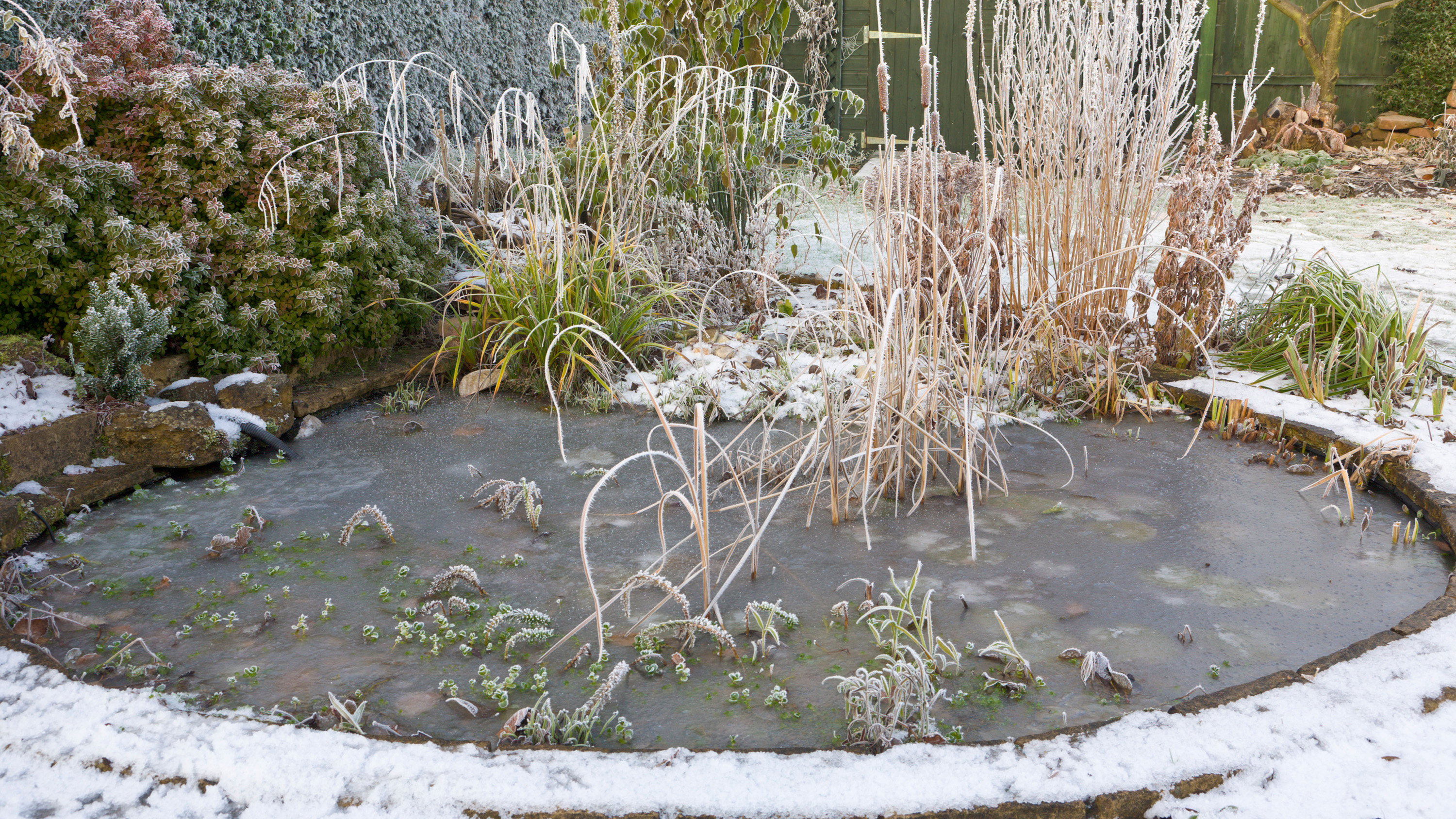

If you learned how to build a garden pond over the summer and want to make sure all your hard work doesn't go to waste as the temperature starts to dip, your garden pond will need some TLC to get it ready for winter.
Start by clearing out that thick layer of autumn leaves that is probably covering the surface. These are not good for either the fish or the plants if they're left to accumulate and form sludge on the bottom. But don't just bin them as they're the perfect ingredient when it comes to getting started with how to make leaf mould to create a brilliant soil conditioner.
Think about wildlife in your garden too. If you don't already have one add a ramp for any hedgehogs to find a way out if they've fallen in and to make it easy for birds to drink from your pond in winter. Fish will enter a state of hibernation as the temperature lowers, and their metabolism and activity will greatly reduce so you need to adapt their diet accordingly. Pond plants also require some attention at this time of year. Read on to find out what to do to prep your pond for the big chill.
1. Keep your garden pond pump running
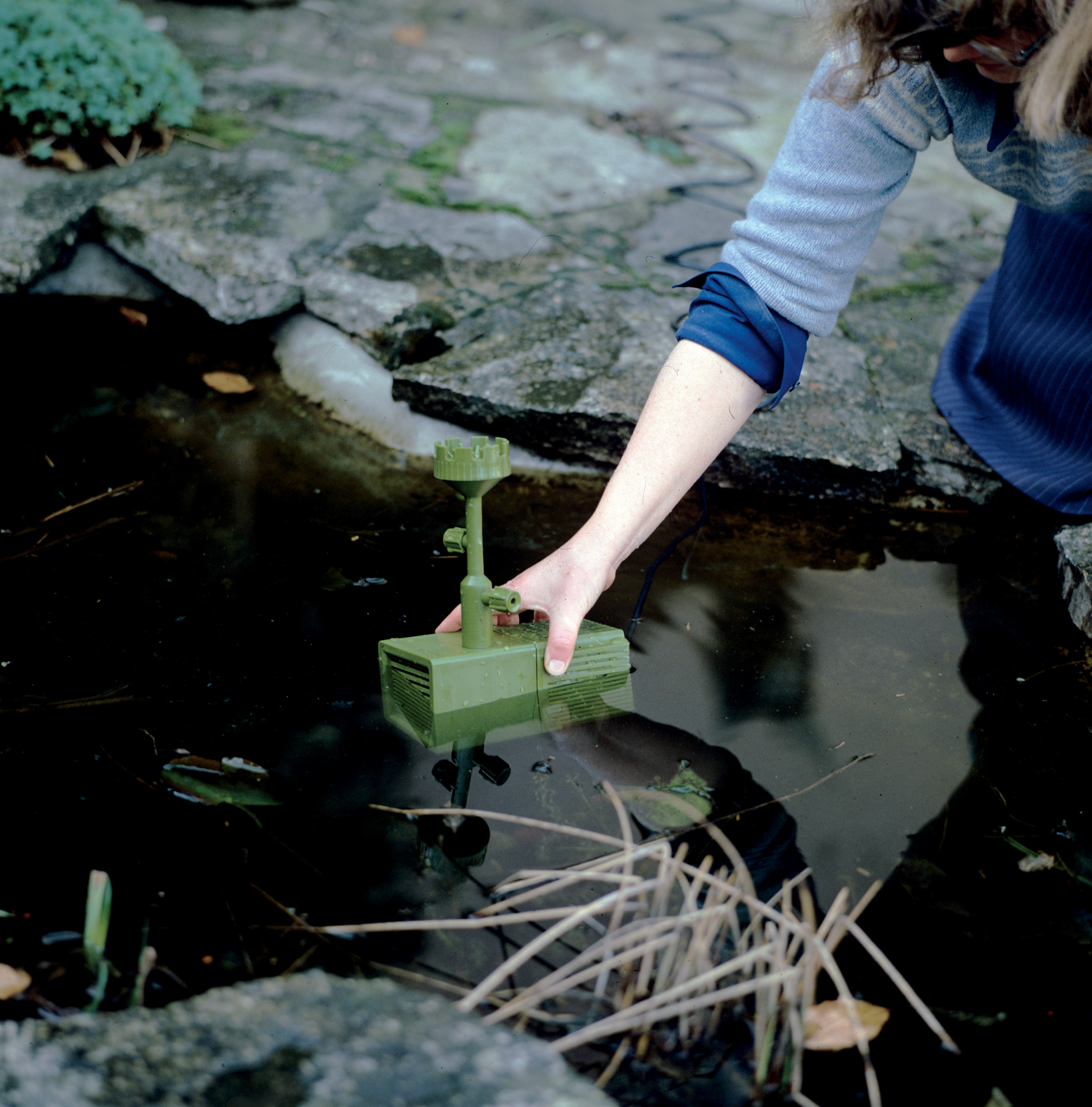
This will keep the water moving to help prevent ice forming on the surface and boost oxygen levels to keep your pond fresh. It allows the warm water at the bottom of the pond to be recirculated and offset freezing conditions on the water surface. It also increases aeration by allowing noxious gases to be expelled, rather than being trapped in the water. Make sure you have plenty of oxygenating plants such as evergreen hornwort, which grows all year round and helps to keep the water fresh.
2. Drain water features
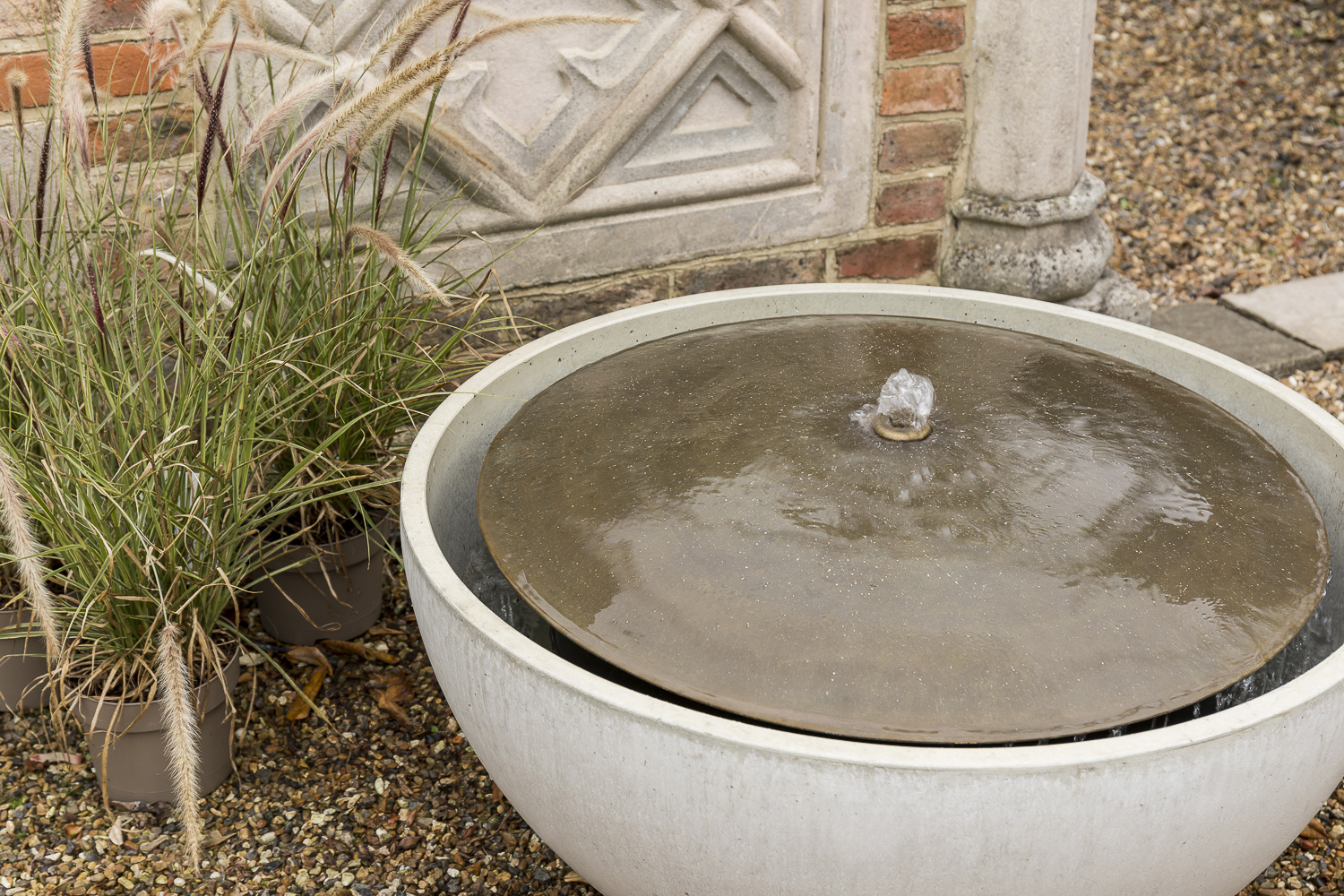
Drain and close down any fountains and other water features to prevent them freezing and cracking during winter. Isolate the electrical supply and spray it with water-resistant lubricant to deter rust and corrosion, but remember to rinse off in spring to avoid contaminating the water. If your feature is solar powered give it a good clean with warm water and a specialist cleaner. Carefully remove the solar panel/pump and also clean in warm water. Then store it in the shed. Think also about buying a specialist water feature cover for additional protection.
Head over to our water feature ideas for more ways to introduce a calming feature to your garden.
3. Look after the fish in your garden pond
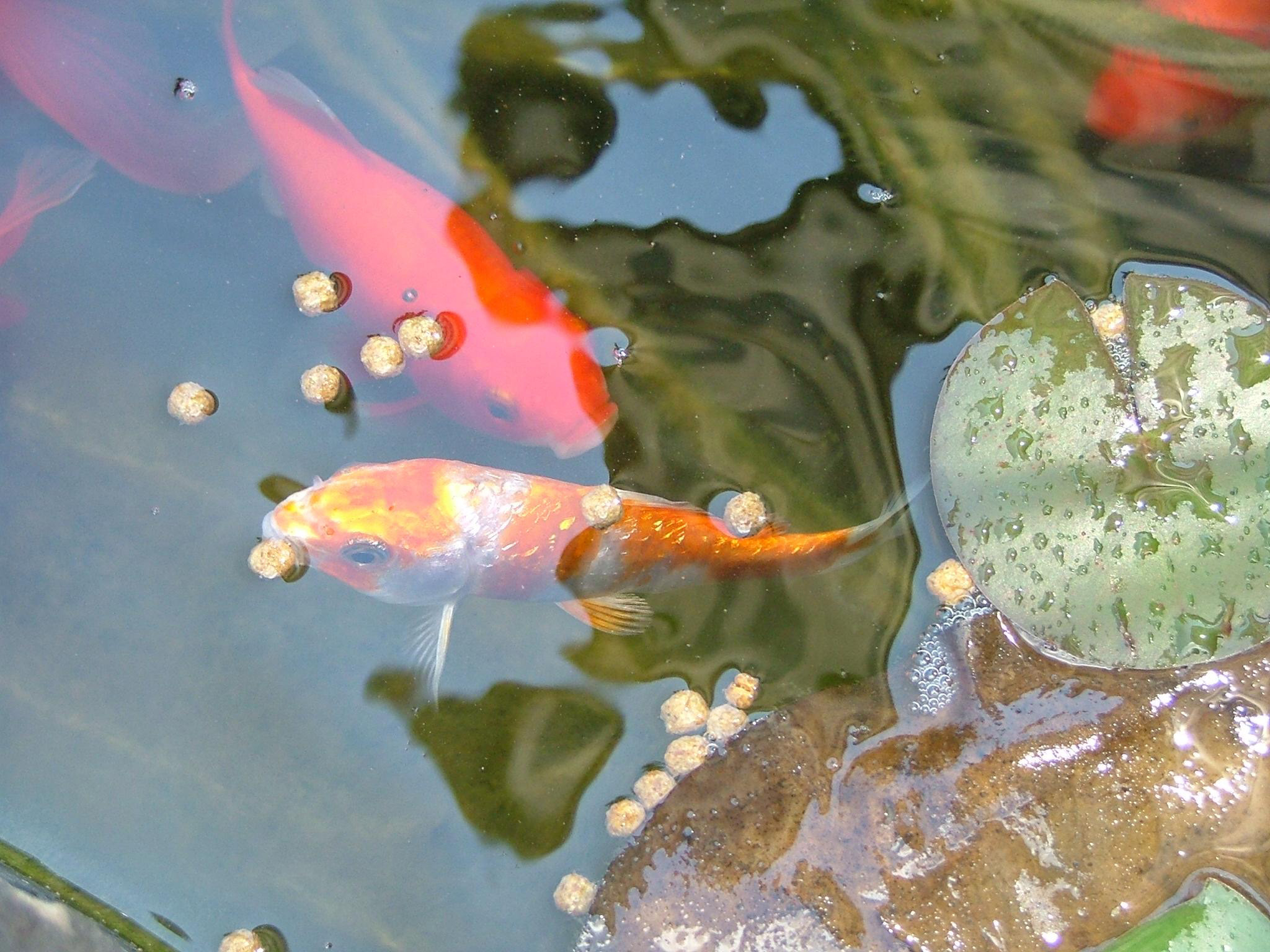
The dietary needs of fish change during winter. As temperatures drop (particularly if it’s lower than 10˚C) your fish become less active so it’s important to cut down their food supply. Any uneaten food may remain undigested causing the fish to bloat and may also pollute the water. There are plenty of specialist fish foods available that provide maximum nutrition for lower temperatures. Remember that herons are particularly active in winter so think about getting a plastic one to help protect fish from the real thing.
4. Cut back pond plants
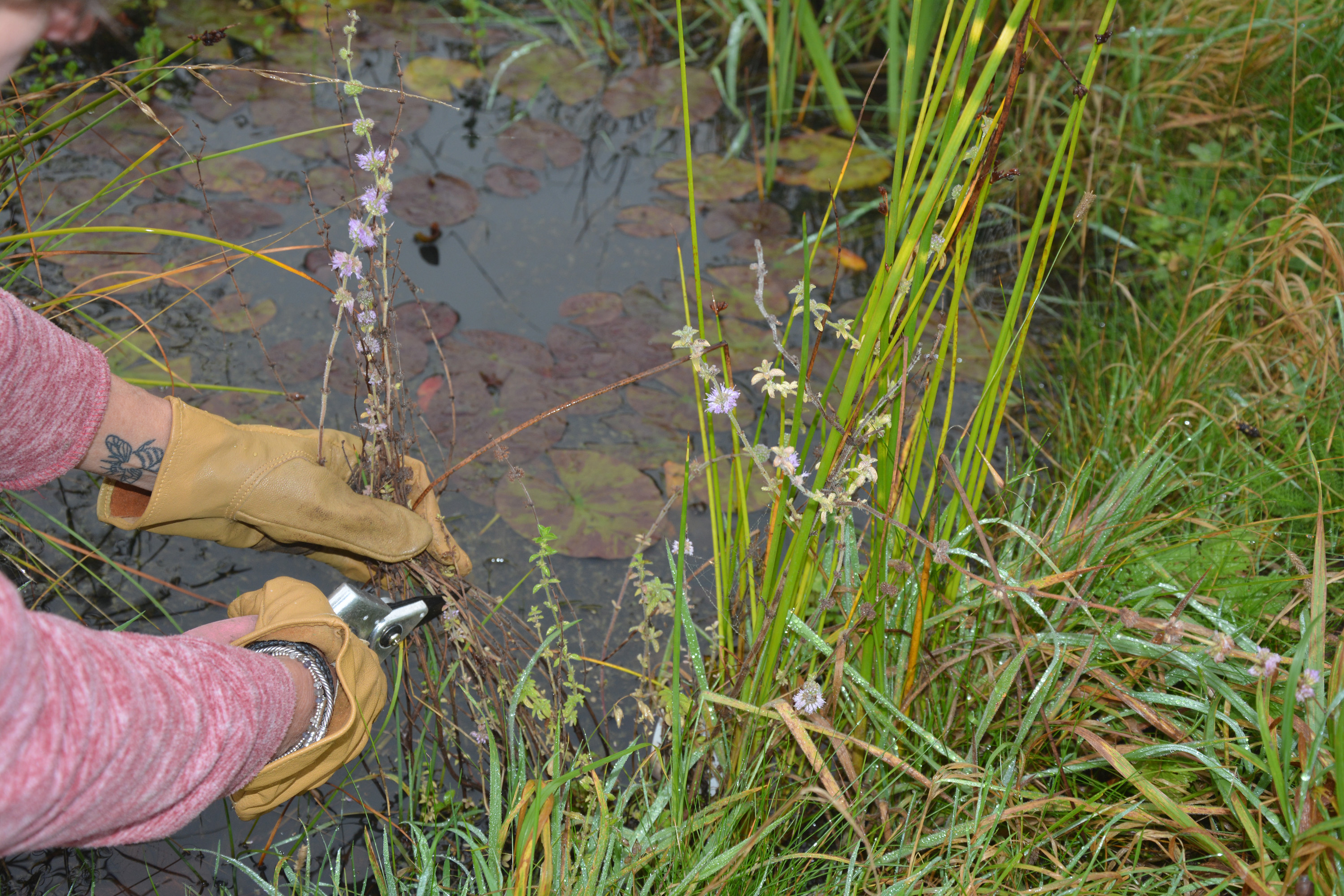
Plants are important in winter as they play a key role in the pond’s eco system by oxygenating the water. The large majority are hardy enough to survive even the coldest snap and can be left where they are. But they will need some attention in order to avoid rotting leaves affecting the quality of the water. Simply cut back any dying foliage and remove any debris from the surface of the water. Marginals should be cut back to just above the water level, while plants such as water lilies should be trimmed as far back as possible. Need the right tools for the job? Our guide to the best secateurs will help you choose your perfect set.
5. What to do if your garden pond freezes
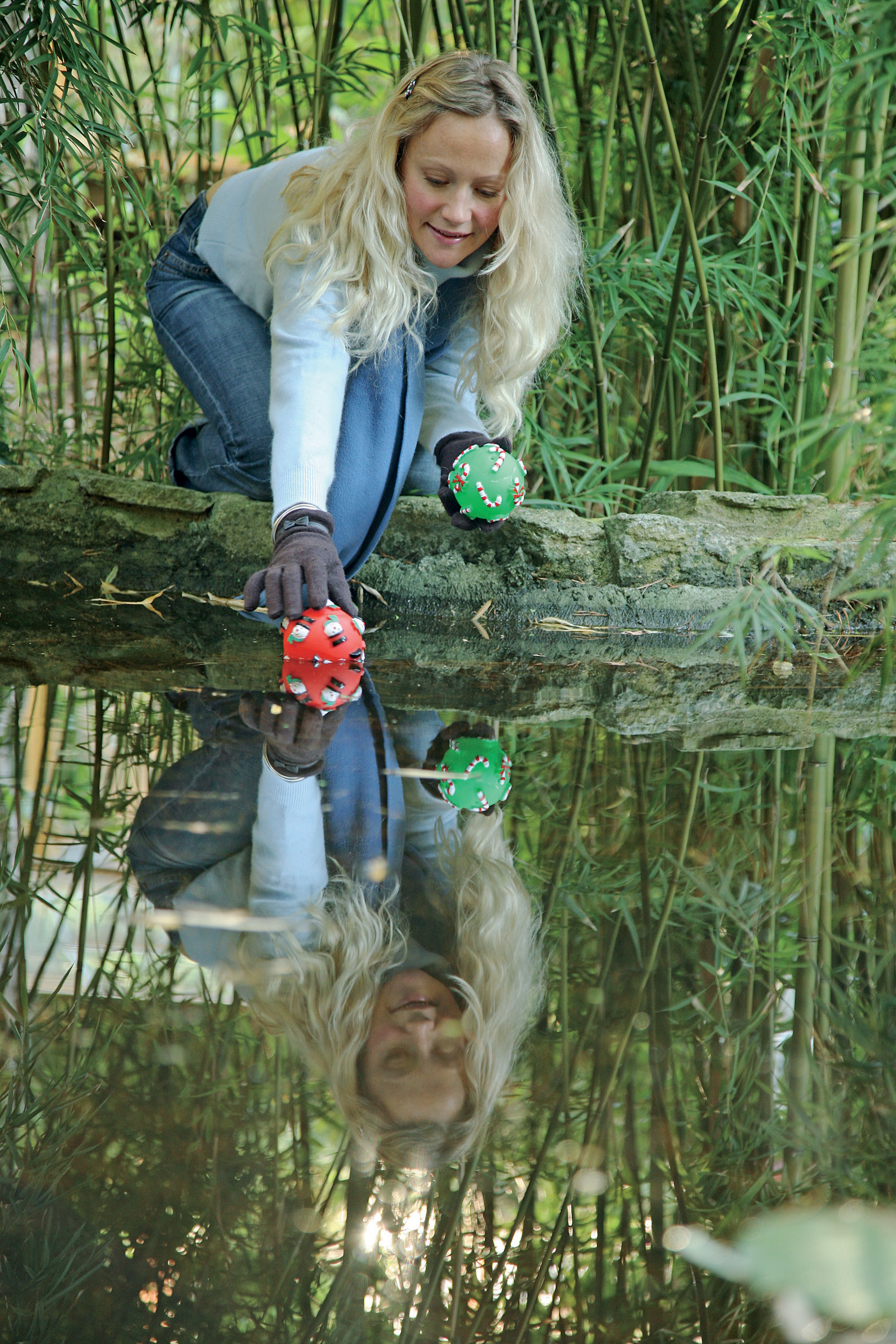
Never try to break ice if your pond does freeze over as this can stress the fish and even cause them to die. If you find that the whole surface of your pond has frozen over, don’t hack at the ice with a hammer. Instead the best way is to melt the ice gradually with a pan of hot water. And next time float a ball in the pond to stop it freezing in the first place. Make sure outside taps are insulated too. Use bubble wrap or special protectors to avoid them bursting, and also use proper lagging to protect pipes. Where possible, isolate outside taps from the mains.
More garden advice:

Lifestyle journalist Sarah Wilson has been writing about gardens since 2015. She's written for Gardeningetc.com, Livingetc, Homes & Gardens, Easy Gardens and Modern Gardens magazines. Having studied introductory garden and landscape design, she is currently putting the skills learned to good use in her own space where the dream is establishing a cutting garden.
